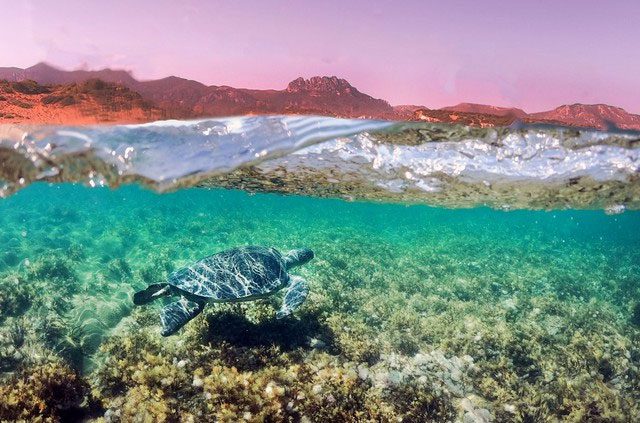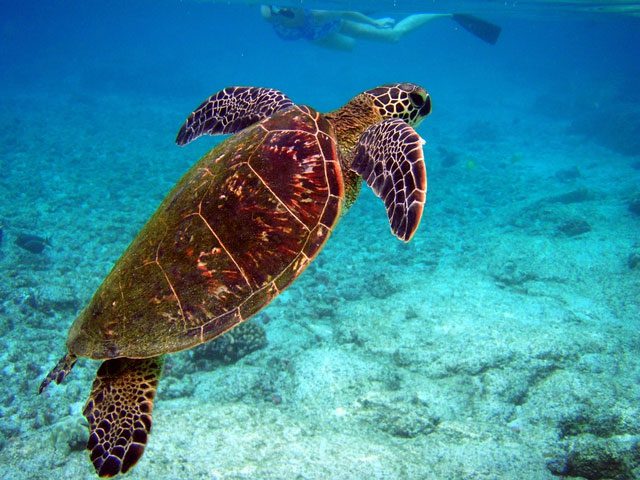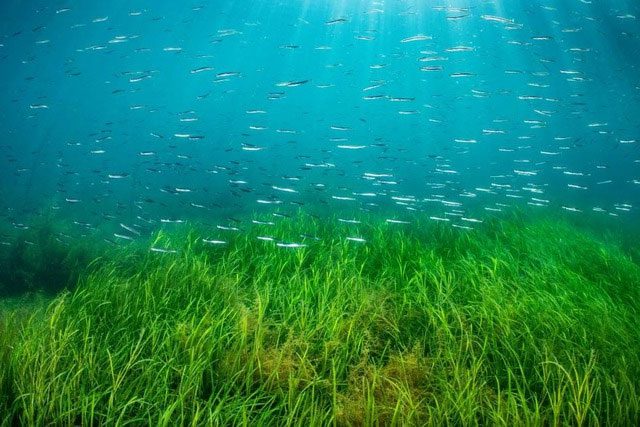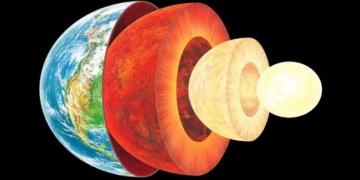A Study Reveals That Green Sea Turtles Maintain 3,000-Year-Old Habits.
It’s hard to compare your early morning workout routine with that of the Mediterranean Green Sea Turtle. In a study published last year, scientists discovered that these green turtles continue to return to the same seagrass beds just as they did 3,000 years ago.
The authors emphasize that the experimental results highlight the importance of unprotected beaches in North Africa while leveraging the long history of sea turtles as a guiding beacon for conservation efforts.
“It’s really, really fascinating,” said Cyler Conrad, an environmental scientist at the Pacific Northwest National Laboratory who was not involved in the study. According to him, very few studies successfully trace such ancient connections between organisms and their habitats.

A green sea turtle off the coast of the Mediterranean.
Sea turtles are creatures with specific habits: the green turtle, scientifically known as Chelonia mydas, always lays its eggs where it was born. Additionally, they have a habit of returning to very specific locations, such as a seagrass patch that is no more than 50 square meters. They make their way back just to find their favorite food.
“They really have their own little patches of grass,” said Annette Broderick, a marine conservation professor at the University of Exeter. “It makes sense – if you find a place that suits you, you’ll keep going back there.”
In the new study, Broderick and her colleagues discovered that this habit lasts longer than the lifespan of an individual turtle, and the evidence for this comes from… trash.
Sea turtles have been a delicacy for thousands of years in the Mediterranean, and ancient trash heaps filled with turtle bones and shells left over from past meals were analyzed. In collaboration with the Turtle Conservation Society of Northern Cyprus, researchers collected sea turtle bones found at three Bronze and Iron Age sites, dating from about 2,700 to 4,700 years ago. They successfully identified the species from the proteins in the bone samples.
Previous studies have shown that seagrass from different areas carries unique chemical signatures. This allows scientists to determine which seagrass a turtle has consumed.

Green sea turtle in the waters of Hawaii.
Scientists sampled the bones to measure their chemical composition, adjusting for changes in the atmosphere over the past few thousand years. They built a model simulating the growth of seagrass and compared it to the turtle bone samples from different periods.
The results showed that Iron Age green turtles were consuming the same seagrass as modern turtles; descendants of those ancient turtles still “remember” their favorite spots and return to them over the ages. The research report was published in the journal PNAS last year.
“I’m really surprised,” said Willemien de Kock, the lead author of the study and a postdoctoral researcher at the Groningen Institute of Archaeology. “We can look far into the past and see similar behaviors in turtle populations.” The study suggests that animals also have traditions, she noted. “The question is, what will happen if these areas disappear?“
Most conservation efforts focus on where sea turtles nest, the authors of the study noted. “We see hatchlings and we say, okay, we need to protect them,” said Alberto Taurozzi, co-author of the study and a paleontologist at the University of Copenhagen. However, turtles only nest once every few years. They spend most of their lives among underwater vegetation, which is often overlooked along the North African coastline.
De Kock emphasized that the relationship between turtles and seagrass is a two-way street; turtles graze on the seagrass, which in turn needs turtles to thrive.

Underwater seagrass beds are home to diverse species.
She added that climate change threatens the future of these seagrass beds, as they cannot recover quickly enough after record heatwaves. All areas studied are currently unprotected by authorities.
Without conservation, green turtles may need to find new feeding grounds. The loss of these seagrass beds could also impact a range of other species, complicating the fight against climate change.
According to researcher Conrad, a historical, interdisciplinary study like this has significant implications for conservation work. The combination of ancient chemistry and modern satellite technology could be applied to research other marine animals like fish and whales, he said. “We have a responsibility to tell their stories more clearly and completely to the rest of the world.”


















































